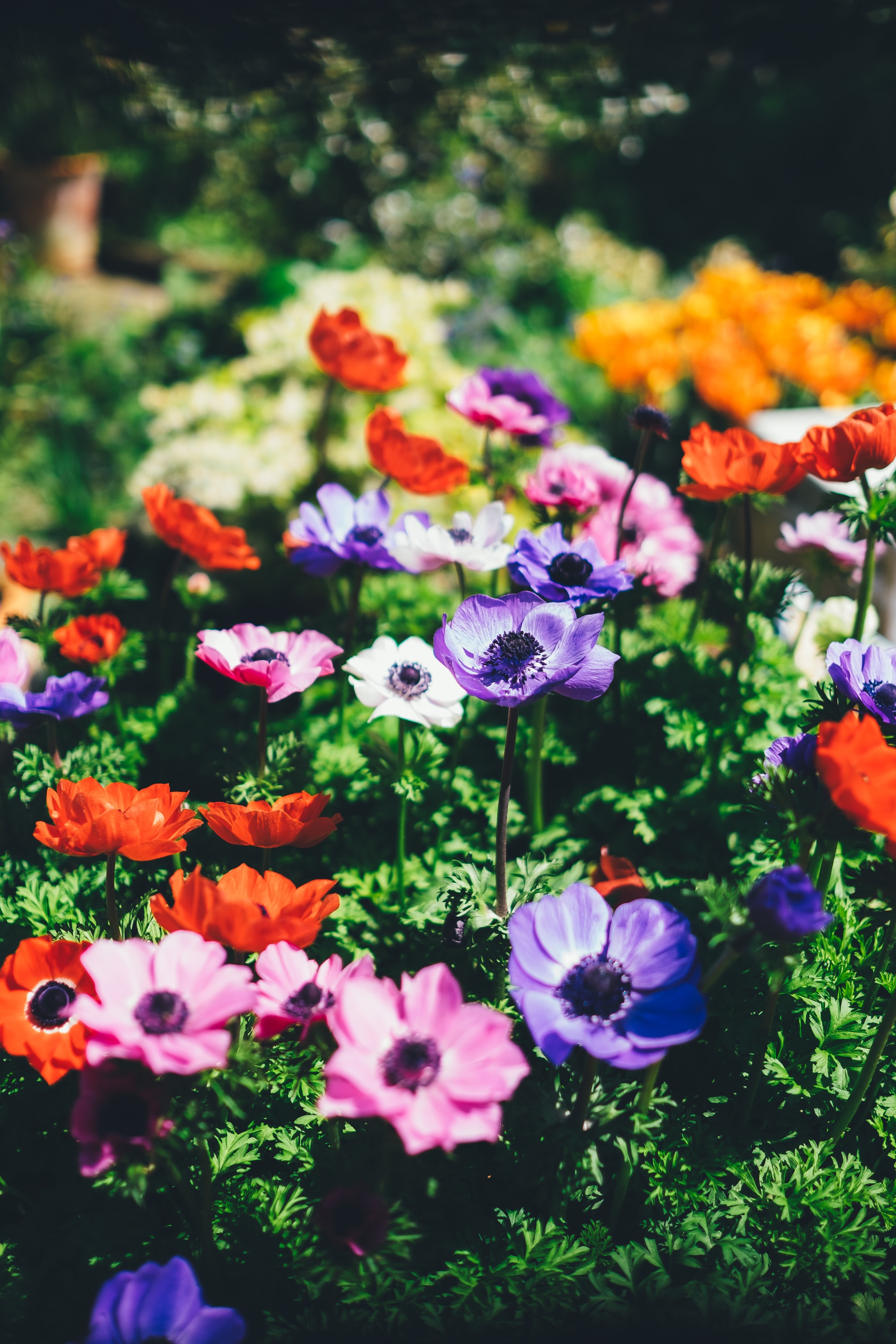Ninety-seven
- Judith Cox

- Mar 18, 2022
- 2 min read
While Judith waits for her pepper seeds to germinate, she plants a few microgreens to add variety to her meals.
Greetings fellow gardeners,
Well, it has gone from raining with snow in the forecast to the temperature zooming down and the wind zipping up. This time of year seems to be very unpredictable. I have lots of birds and assorted animals foraging in my garden which continues to bring me joy. The seed heads that I left in the fall are still feeding various creatures. I am seeing tracks that I cannot identify and spots and splashes of blood here and there that indicates that there is a fair bit of drama happening here but so far nothing when I am around. This week has been a good one to hunker down and put on a fire in the woodstove.

The three turkeys are still visiting daily.
I have been haunting my plant compound waiting for the peppers to appear. Peppers are notoriously pokey when it comes to germination. Leo, one of my too-many cats, has found an access point and was exploring the plants. This seems to happen early in the morning before breakfast. Apparently, I am not quick enough at feeding time. Because I am itching to get growing and it is too early to start most of my seeds, I thought it would be a good time to revisit growing microgreens. Many of our local nurseries are opening and have varied selections of microgreen seeds available.
I have found that several of my gardening friends are planting and harvesting microgreens at this time of year. Microgreens have a lot of nutrients, and the taste is intense. Last year I purchased Swiss chard microgreen seeds and had great success.
You do not need a fancy setup for growing microgreen seeds. A disposable plastic food tray will be fine as long as you poke drainage holes in the bottom and it has a see-through lid. Microgreens are basically the seedlings of edible vegetables like beets and kale, or herbs like basil or parsley. If you do not wish to purchase seeds that are specifically for microgreens that is also fine. For example, you can use some of your leftover radish seeds. Sprinkle them on the soil (seed-starting soil is ideal) and let them grow. Soon they will develop their first set of leaves. Wait until you see the next set of leaves or true leaves and harvest them with scissors. They will continue to produce a couple more harvests and by then it will be time to start your summer garden seeds. While I put my tray in my plant compound with its overhead lights, you can place yours on a table with a lamp that has a full spectrum light bulb or on a sunny kitchen counter.

My yummy breakfast which is sprinkled with Swiss chard microgreens.
I am watching the woodpile closely, hoping to make it through until spring. The feeders are kept full and fresh water is in the winter water feature. Keep supporting your birds as you keep warm.
Enjoy your week. Judith.
(Email: sghorticultural@gmail.com)
Veggie Bites are available at https://sghorticultural.wixsite.com/website or https://gardeningcalendar.ca/articles/veggie-bites/



Comments